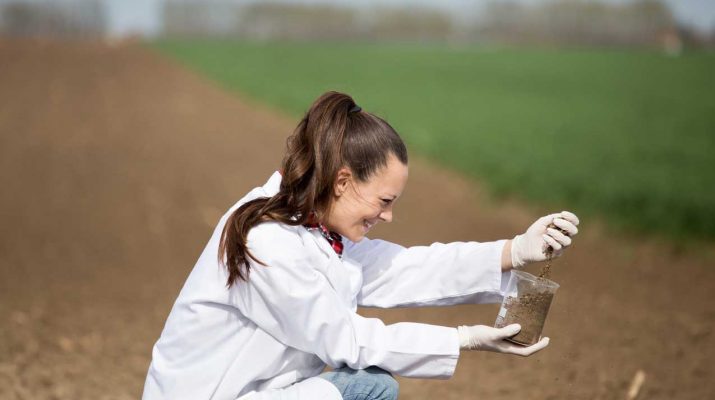Potato growers are being encouraged to make the most of their time between crops by arranging soil testing to understand soil fertility and nutrient limitations.
Incitec Pivot Fertilisers’ technical agronomist horticulture Conrad Leeks said soil testing was the best place to start for first class fertiliser plans.
“Once harvesting is complete, growers have the perfect opportunity to start planning their fertiliser requirements for next season,” Mr Leeks said
“Soil testing provides a strong foundation for understanding soil fertility because it helps refine the types and quantities of nutrients that will be needed to maximise productivity.”
Mr Leeks recommended soil sampling several weeks or even two to three months before planting if there was likely to be a need for ameliorants like lime or gypsum.
Mr Leeks said crop fertiliser requirements varied from site to site depending on soil fertility and yield targets.
“There is no one fertiliser program that can be used for every crop and every situation for best results,” he said.
“However, we do know that potato crops require high levels of nitrogen, phosphorus and potassium to grow and yield to their full potential and to replace nutrients removed at harvest.
He said phosphorus was crucial to enhancing early crop growth and tuber-set as well as promoting tuber-maturity.
“Nitrogen is the driver for growth and high yields and is needed most at tuber-initiation and tuber-bulking. It can be topped up at these crop stages to improve use=efficiency,” Mr Leeks said.
He suggested that where large amounts of potassium were needed, it may be beneficial to plan a side dress application six to eight weeks after planting as well as including some potassium in the planting fertiliser.
While soil testing was the foundation to the crop’s fertiliser plan, he also encouraged growers to use tissue testing to assess the crop’s need for macro and micro nutrients during the growing period.
“Tissue testing is available from the Nutrient Advantage laboratory with results returned within three days of receiving the samples,” he said.
“This completes the cycle started with soil testing and gives growers the opportunity to fertilise to correct any nutrient imbalances that could affect yield.”

